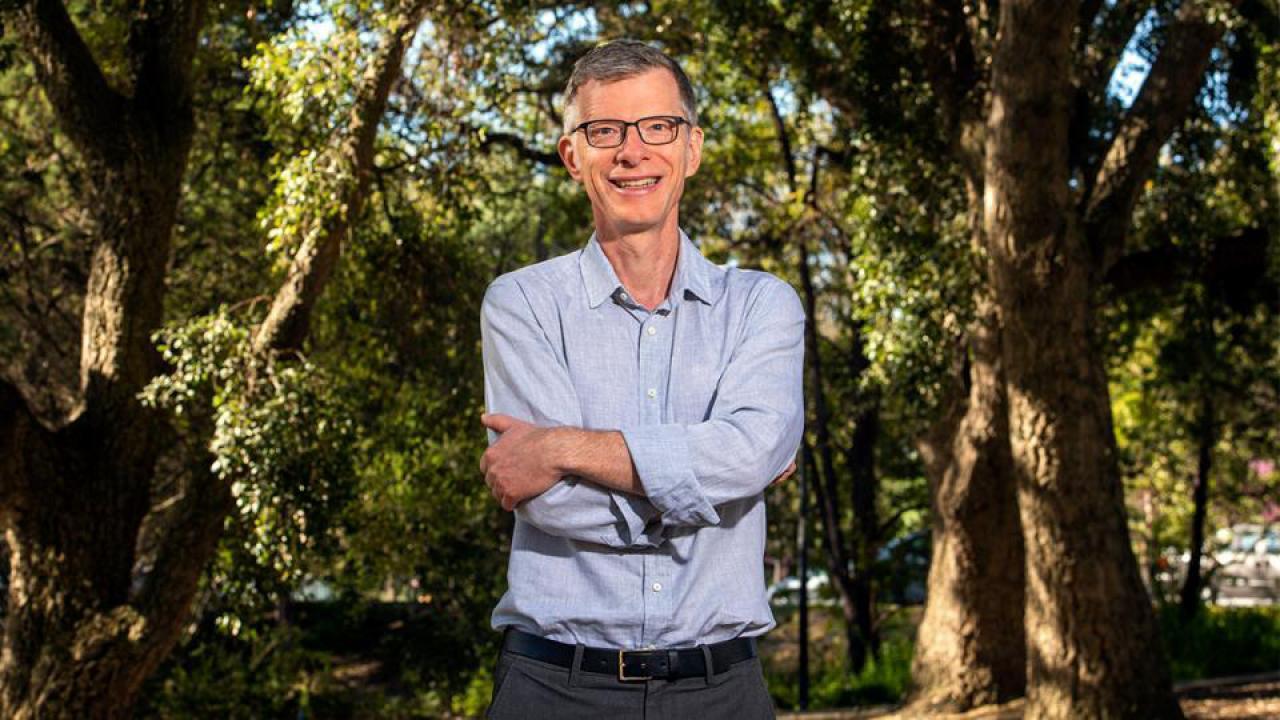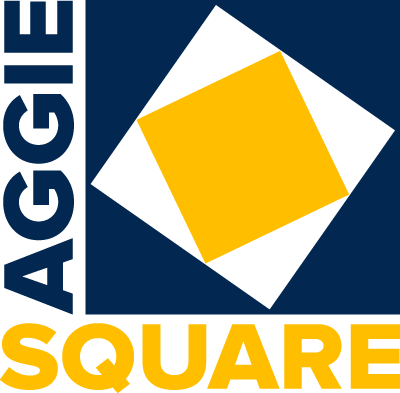
Aggie Square is About to Spring Into Action
By John Marx
As the academic year is coming to an end, the next stage in developing Aggie Square is getting started.
Last month, the UC Davis innovation campus received a final thumbs up from the University of California Regents and we inked a landmark community benefits partnership with the city of Sacramento. That’s it for the planning stage of Aggie Square. Now, on to activating those plans and breaking ground on the project. As we’ve been saying on Zoom meetings the past week or two, it’s getting real, people.
It’s getting real
So what does that mean, exactly? First, it means taking a moment to assess the planning process to date and make sure that we’re following up on what we’ve accomplished.
For example, partnering with the city of Sacramento means continuing to build a relationship, and like the rest of the community engagement focus of the Aggie Square project, that will require intentional work. Now we have to figure out how to work together to make good on what we’ve promised.
Getting the final OK from the UC Regents means we’re clear to recruit industry partners to Aggie Square and that expects to heat up over the summer months as well. Our collaboration with the developer Wexford Science and Technology, which is overseeing construction of the buildings, has been laying the foundation for industry recruitment for a while, building relationships and talking about possibilities. In essence, we have labs and offices to lease and we need to lease them.
As well, we need to remember that innovation doesn't just happen. It needs institutional supports and we need to put them in place. For example, making our organization responsive to faculty researchers from the School of Medicine and the Davis campus who will be working alongside our industry partners is a major task for the next stage of development. Meeting with experts on all manner of research support is helping us figure out what needs to be in Aggie Square to ensure faculty can innovate as they want to.
That to-do item — making UC Davis more responsive — is a big deal for us. Aggie Square planning has enabled us to build a highly collaborative team of faculty and staff, and we’ve learned a ton about what such a collegial enterprise can do to cut across colleges and schools, departments and divisions. Translation: We are learning how to be less insular. We’re getting practice at better aligning the goals of specific schools and the university as a whole, of students and faculty, of staff and community. We’re learning lessons that will serve us well as we turn the page and start putting the planning of Aggie Square into construction and practice.
Do you have questions? Email me
We know you have questions, and we’d like to provide answers. As Aggie Square’s faculty adviser to the provost for academic planning, I am keenly interested in helping you see yourself, your research and your teaching flourish at the Sacramento innovation hub. What would you like to know? What would being at Aggie Square mean to your academic program? Do you have ideas about how to build a faculty and/or student presence that might benefit your colleagues in Davis and Sacramento? I’d love to hear any questions you have, so send me an email at jmarx@ucdavis.edu and I’ll answer them in an upcoming column.
Turning the page
As more of our campus colleagues buy into our new, more collaborative way of doing business — we’ve identified anchor tenants in the School of Medicine, Continuing and Professional Education, Public Scholarship and Engagement, School of Education and the Quarter at Aggie Square program — we want to provide pathways for additional academic programs to come on board. I look forward to sharing in future columns news about others who are beginning to see how they can take advantage of Aggie Square to do more in their research, teaching, and community service.
Each participant from UC Davis plugs into Aggie Square in different and evolving ways. We’re going to need to stay nimble to keep up with them, and we’ll need help. Collectively, the Aggie Square team has spoken with hundreds if not thousands of faculty, staff, students, and community members over the past three years and we’ll continue to seek out good advice.
The mission remains
Even as we’re gearing up to bring in more partners, recruit industry tenants, and implement the community benefits agreement with Sacramento, we’re keeping our eye on the mission that has guided Aggie Square from the beginning — creating a thriving innovation district.
Initially, the scope of research at Aggie Square has concentrated on cross-disciplinary areas that broaden the definition of scholarship on health. That remains central even as we are beginning to develop connections that support programs beyond that scope and across the university. Teaching at Aggie Square is focused on experiential learning, workforce development and professional degrees. And the community engagement part of the project is devoted to advancing the university’s anchor institutional mission.
Those core activities will make Aggie Square a distinct place — a truly new campus — within UC Davis where individuals and groups can collaborate on public-facing matters they could not address on their own.
Our mission is to build a place that fuels creativity. Our success in the coming months and years of construction will depend upon our capacity to keep bringing together faculty and staff from across the university, as well as our ability to adapt coming out of the pandemic to possible changes in how we teach, how we research, and how we work together.
We need to keep getting better at communicating about Aggie Square as well. This column isn’t taking a summer break. Instead, we’re working on new ways to reach out and to field your questions about what Aggie Square is and isn’t. Stay tuned. It’s getting real …
